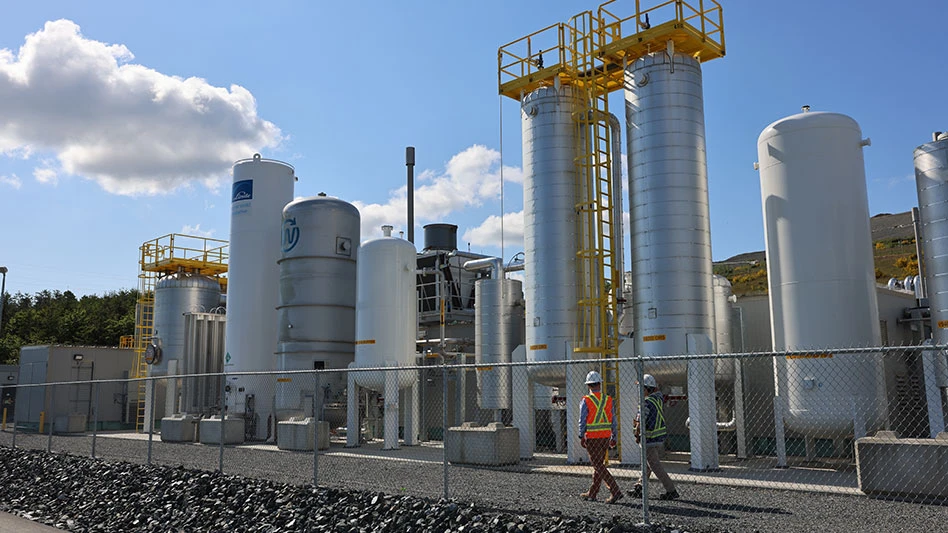
Reimar | stock.adobe.com
As part of a $129.4 million grant from the U.S. Environmental Protection Agency, four former landfill sites in Cleveland and Cuyahoga County and a county central services facility will add 28 megawatts (MW) of solar generation.
The funding also will bring 35 MW of solar and 10 MW of battery storage to a brownfield site in Painesville in Lake County.
As reported by Energy News Network, representatives of the Cleveland, Painesville and Cuyahoga County governments, along with the EPA and others, met July 26 at Cuyahoga County’s 4 MW solar array in Brooklyn, Ohio, to discuss the grant and the work. Funding from the EPA grant will more than double the generation capacity of that landfill solar site, which has been in operation since 2018.
RELATED: CEP Renewables completes New Jersey solar landfill project
“In Northeast Ohio, we’re going to see warmer, wetter, wilder weather in this region. And we have to do our part to address climate change,” says Mike Foley, director of sustainability for Cuyahoga County.
Funded projects under the grant are expected to eliminate the equivalent of 1 million metric tons of carbon dioxide over 25 years, with the largest cuts coming from deploying the solar projects in Cuyahoga County, Cleveland and Painesville, says Valerie Katz, deputy director of sustainability for Cuyahoga County.
Some of the revenue from the brownfield solar site in Painesville will fund natural habitat for pollinators, birds and other wildlife elsewhere on that site, reports Energy News Network. The city plans to work with the West Creek Conservancy for that and other projects, including building public trails and creating access for fishing.
Cuyahoga County also plans to use revenue from its sites to deploy more solar, Katz says. The added solar, in turn, can help develop microgrids to boost resiliency.
Latest from Waste Today
- Montana city approves compost facility improvements
- Willows offer a nature-based solution to reducing leachate volumes
- REI outdoors retailer hits zero waste target
- Minnesota awards $1M in waste reduction grants
- Nashville, Tennessee, inches closer to establishing standalone solid waste department
- Los Angeles Sanitation and Environment wins brownfields grant
- Bain & Co. sees distant chemical recycling timeline
- Terex Ecotec launches new windrow turners





